

































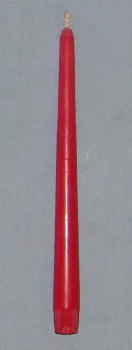 |
 |
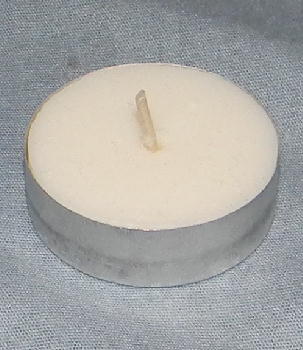 |
 |
| Long Candle 5" to 8" tall 0.9" to 1.2" round |
Short Candle 1.8" tall 1.4" round |
Tea Candle 0.5" tall 1.5" round |
Jar Candle 3" tall jar 2.5" round jar |
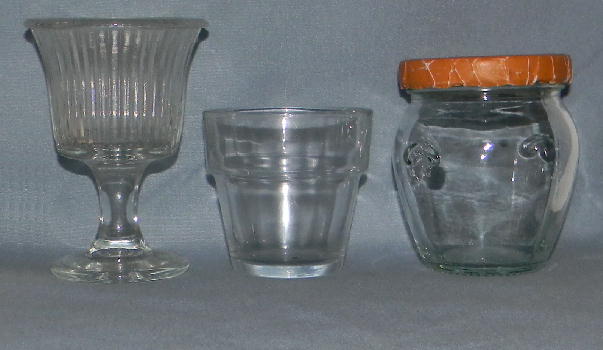
|
| Votive Holder with Stem - - Votive Holder no Stem - - Jelly Jar with Lid |
 |
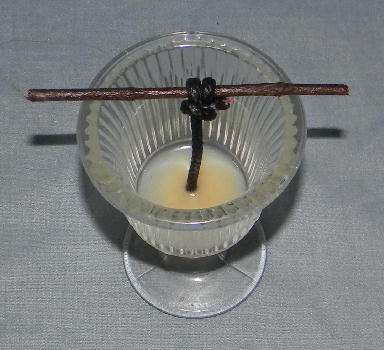
|
| 2 Wicks -- Super Glue -- Stabilizers -- 2 Examples | Wick "Glued" to Bottom of Glass Jar Using Fat |
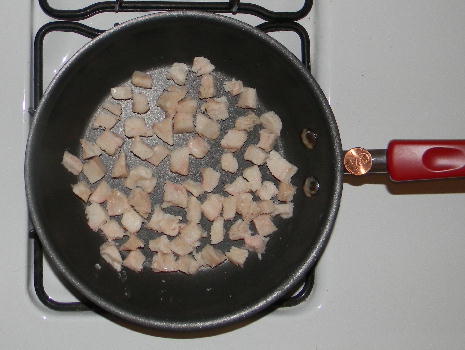 |
 |
| Raw Fat Cut into Small Pieces (See Copper Penny on Red Handle) | Partially Melted Fat after One-Hour over Low Heat |
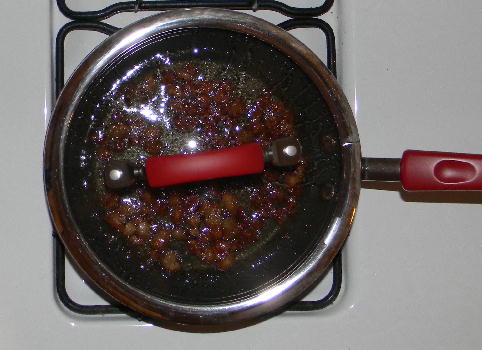 |
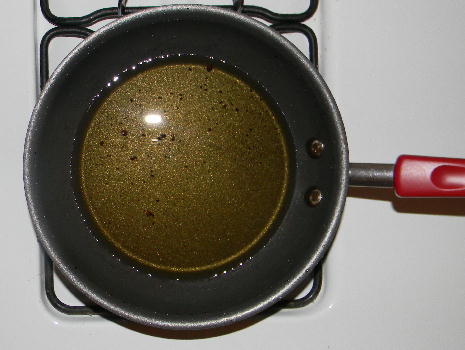 |
| Glass Lid on Skillet to Prevent Splattering | Melted Fat After Removing the Tiny Pieces of Unmelted Fat |
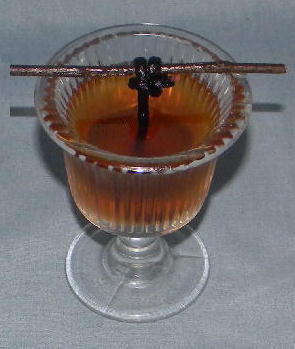 |
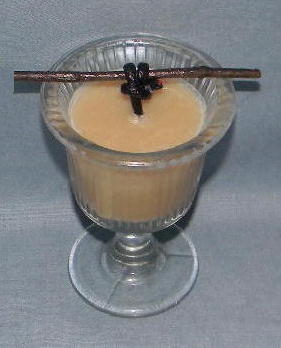 |
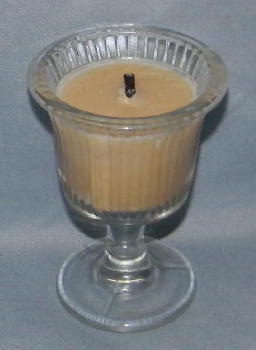 |
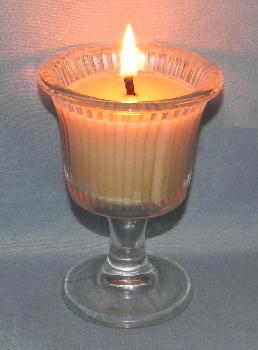 |
| Warm Fat Poured into Jar | Cool Fat inside Jar | Wick Trimmed to 1/4 inch | Lit Candle Made from Animal Fat |

